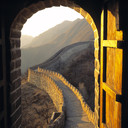Tom Till
On Terra Quantum since
Mar 14, 2015
17 photos
and 0 series
About Tom Till
Tom Till has photographed landscape, nature, travel and history subjects worldwide for 40 years. Based in the remote town of Moab, Utah on the immense Colorado Plateau, Till’s innate curiosity and drive to explore with a 4x5 camera has led him to be the first large format photographer or among the first to shoot many areas that have become iconic landscape scenes in the American Southwest. Just some of these world class wonders include The Wave, the Subway, False Kiva, Antelope Canyon, Zebra Canyon and many others.
Till also pioneered new compositions at many sites that are well known throughout the Rocky Mountains and Colorado Plateau. In the ultimate compliment, most of these images have been copied by other photographers, only inspiring Till to seek out new places and subjects and hidden marvels. This search has led him to over 100 countries worldwide and some of the Earth’s most little known corners in places like Libya, Oman, Brazil, Australia, South Africa, and China.
Sole photographer for over 30 books, and writer/photographer of two, Till has sold millions of dollars of fine art prints, and stopped counting at over 300,000 stock photography sales. He has been honored by the North American Nature Photography Association as a fellow, by the State of Utah for art achievement, and by environmental groups for his contributions to preserve wilderness, habitat, and national parks. He has also been inducted into the Iowa Rock and Roll Hall of Fame. “I am so lucky to have made a living and a difference while pursuing a creative path that has been fulfilling, exciting, and always fun. Also It never sucks.”
Merit
IN 1968 I DROVE WITH SOME FRIENDS along old Highway 163 south of Moab where I noticed a sign for a road heading west to the Needles and Anticline Overlooks. Passing such road signs or seeing interesting trails or roads on a map filled me with the desire to explore these unknown places, and I promised myself I would return to the Canyon Country and spend my life seeking out these hidden treasures of silence, stone, and sunburnt majesty.
Now, forty years later, I've done pretty well. I've run all the rivers many, many times, risking life and limb in the process, I hiked hundreds of narrow defiles and swam in water that was dangerously frigid. I visited many canyons where water, rushing from springs, walls, waterfalls and seeps was the main ingredient, creating the lush sandstone temples and cathedrals that dazzle the mind and heart. I hiked with a 45 pound camera pack hundreds, perhaps thousands of miles. I gazed into the abyss and it gazed into me.
I marveled at the work and artistry of the ancients, whose remnants add so much mystery and mood to an already unfathomable landscape. I crawled on my hands and knees countless times, every time thinking of Ed Abbey’s admonishment to do so to really bond with the Colorado Plateau desert. Some people have seen more than I, but not many. (...)
The Canyons of Utah have been photographed a great deal. Inspired by the younger generation, many of whom see photography as a more painterly and impressionistic art form than my generation, I’ve experimented a little with a few of the images here. I don’t believe that the beauty of Utah Canyons needs to be improved by photography but I do believe that the Canyons can be interpreted by photography in different ways.
One thing has not changed. The Canyons of Utah are under constant attack. The ethereal light that bathes them in an other-worldly glow is weakened and strangled at times by dirty air coming from a variety of man-made sources. People now come to these places with no thought of their beauty and fragility. They are unprepared to accept the sand stone majesty and the scope of a landscape so much bigger and more complex than anything they have encountered in their 21st century life.
As we enter the second decade of the new century, there are some signs of hope. Local politicians have in some cases, seen that wilderness and national parks are not liabilities but assets, and that many who initially oppose such land designations find themselves changing their mind as time passes. I believe many of my neighbors in Southern Utah who say they love the land as much as anyone and want to save it unsullied for future generations to enjoy.


